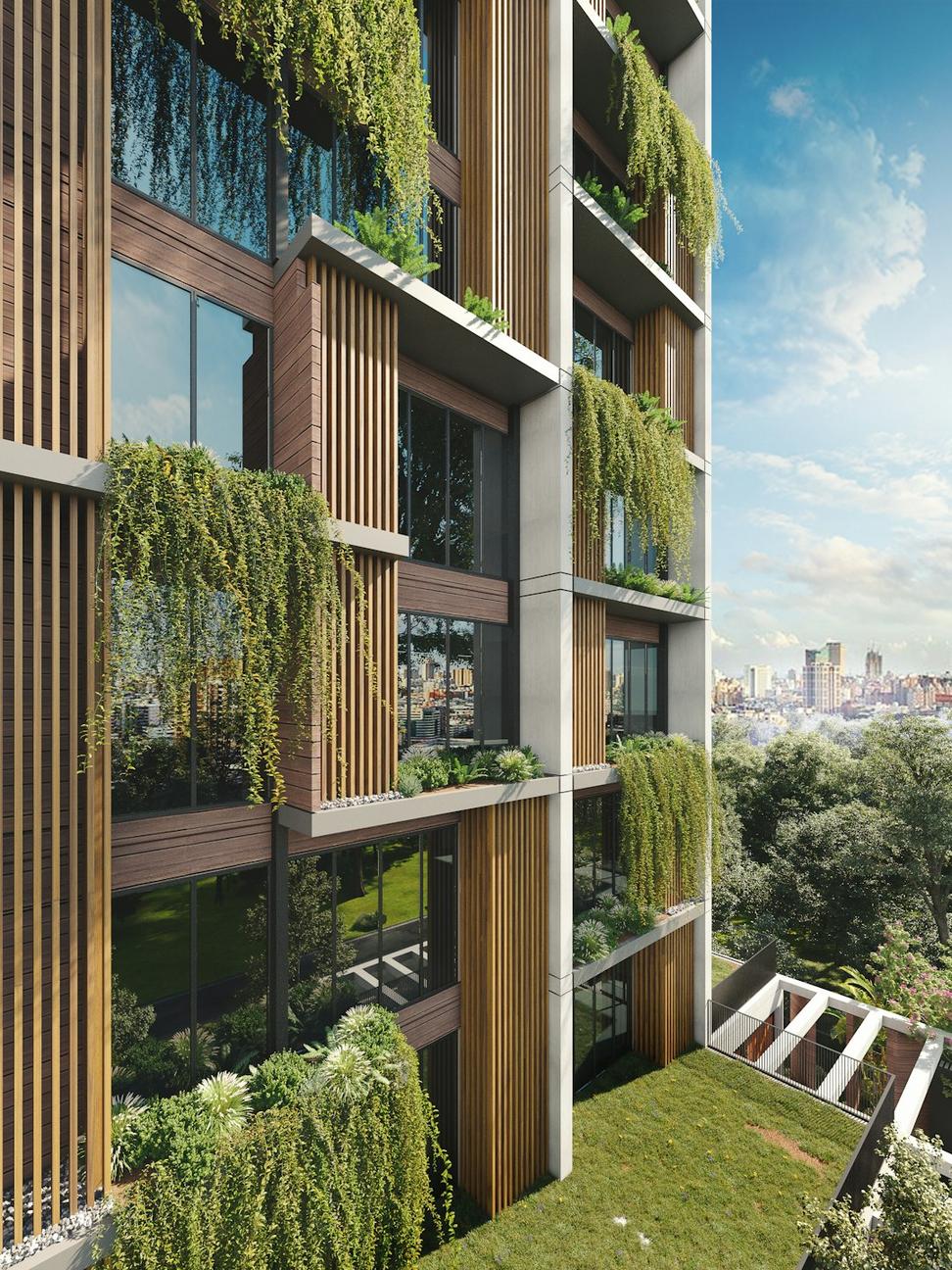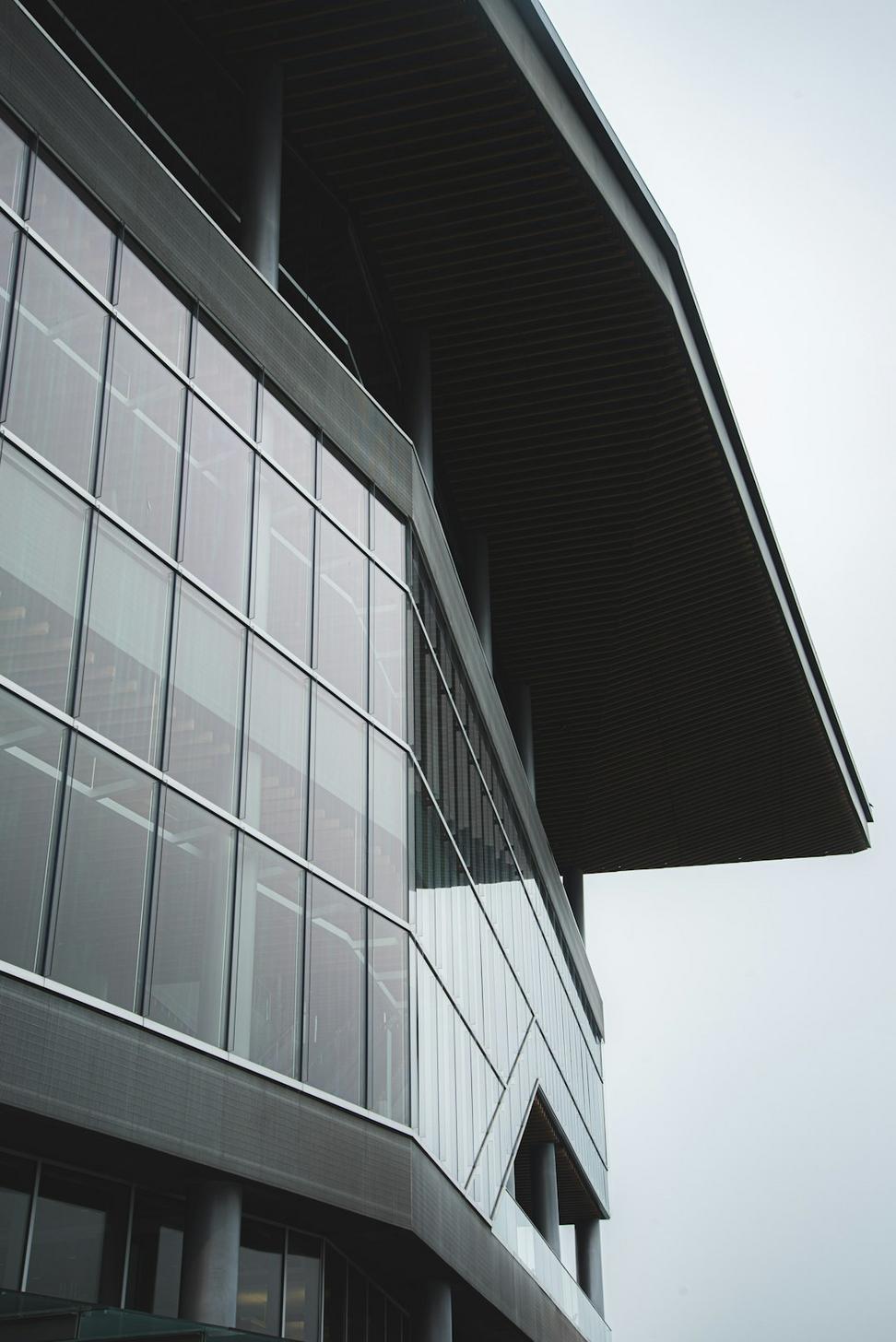
Why We're Obsessed with Sustainability
Look, I'll be honest—when I started out in architecture back in '08, sustainability felt like this trendy checkbox everyone was trying to tick. But after seeing how buildings actually perform over time, and watching climate patterns shift right here in Toronto, it became personal.
We've designed over 120 projects with sustainability at their core, and what we've learned is that green building isn't about sacrificing beauty or function. It's about being smarter. Using materials that'll last. Orienting spaces so you're not cranking the AC all summer. Stuff that just makes sense.
Every project we take on starts with a simple question: how can this building give back more than it takes?
